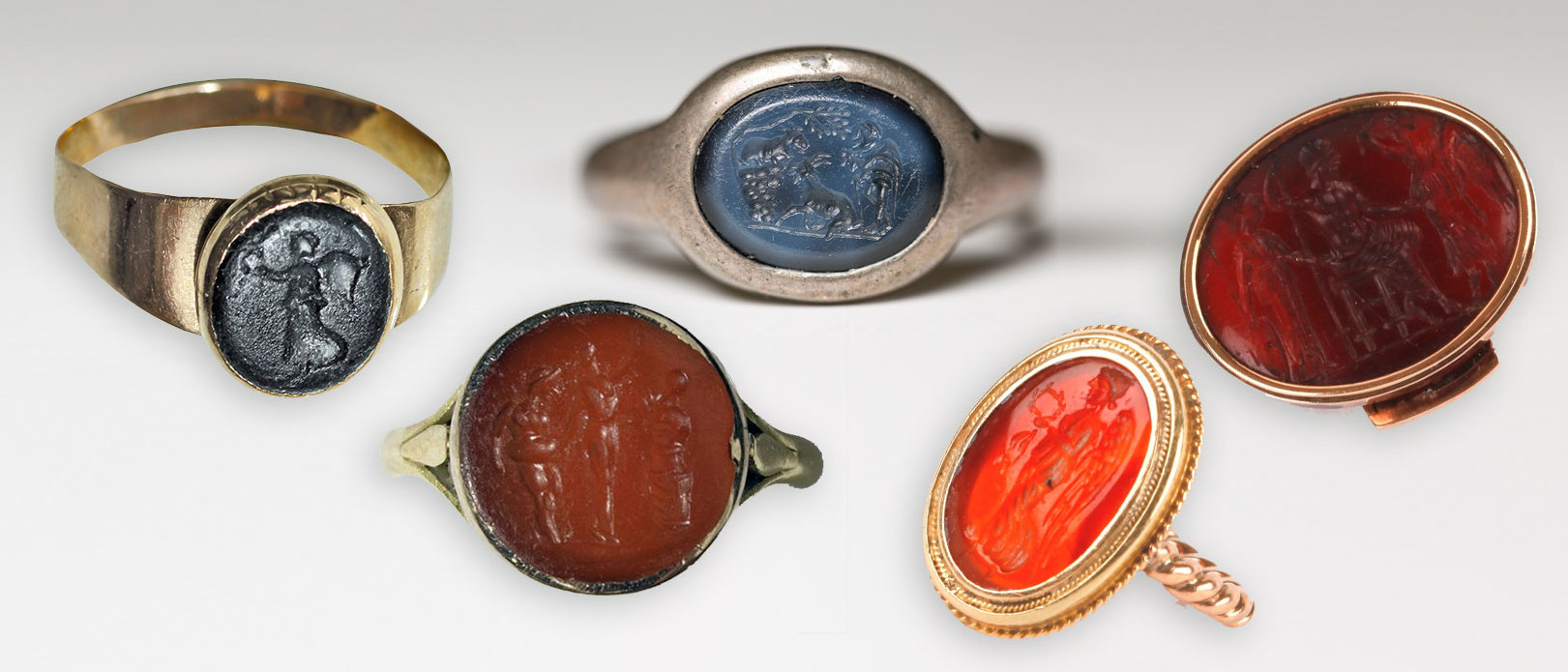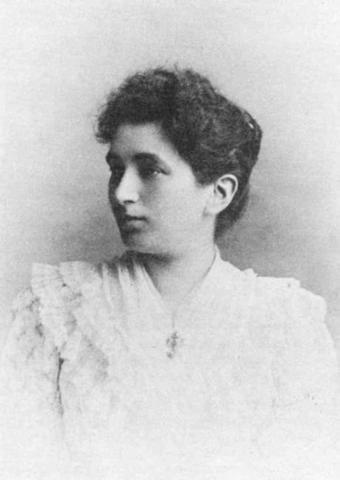Review: Freud
Sigmund Freud (1856-1939) is a man often credited with a lot of things: with discovering or “unlocking” the unconscious mind; with exposing a prudish and trepidatious society to the power of sexuality; with boldly and creatively speculating about the meaning of dreams, the neuronal basis of behavior, the origins of religion, the drive towards self-destruction.
That view of Freud is one which is conveniently separated from his life and, more often than not, from his work and writings as well. Biographies of Freud have often been written by adherents of Freud’s psychoanalytic theories, and access to important letters and writings has been tightly controlled by his descendants and followers over many decades.
Frederick Crews, a professor emeritus of English in Berkeley, initially applied Freud’s psychoanalytic theories to literary criticism. Becoming disillusioned with its shaky foundations—and especially with the risks of psychoanalysis as a form of therapy—he then made it his mission to document who exactly Freud was and what he did.
Freud: The Making of an Illusion (2017) is the culmination of this project (some would say obsession) that started in the 1970s. At 746 pages (666 pages before the notes start), this is a hefty tome. It is organized chronologically, but this is not so much a biography but a re-assessment of Freud’s life from his student years to the early years of the psychoanalytic movement.
Past as prologue
Reduced to a few salient points, the book argues that Freud is guilty of harming his patients, of promoting quackery, of completely misrepresenting his case studies and persistently covering up the lack of any actual cures, of producing his wildest theories under the influence of cocaine (and then pretending they were the result of careful observations), of projecting his own sexual fantasies and frustrations upon his patients, of creating a self-serving cult that applied its beliefs in therapeutic practice without adhering to foundational ethical principles like primum non nocere, secundum cavere, tertium sanare (first, do no harm; second, be careful; third, heal).
Some of the most destructive aftershocks of Freudian thinking, Crews argues, could be felt as late as the 1980s, when “therapists” extracted false confessions of satanic ritual abuse from hundreds of children, producing a moral panic that tore apart families and even resulted in prison sentences which had to later be revoked. The underlying idea—that memories of traumatic events are repressed and can only be recovered by a skillful therapist—was one Freud himself believed in (and attempted to apply to patients) early in his career.

From 1912 to 1927, a Secret Committee with Freud at its center was tasked with defending Freud’s beliefs against dissenters and with protecting the central dogmas of psychoanalysis. Its members were gifted signet rings. (Credit: Israel Museum. Fair use.)
In Crews’ retelling, Freud starts his therapeutic career being absolutely convinced of one important truth: cocaine can cure anything. He used it over many years, he advocated for it, he prescribed it. For Freud, cocaine seemed to be the ticket to achieving wealth and fame, a miracle medicine whose countless potential applications had been overlooked.
Freud’s cocaine advocacy is an important example of his frequent total disregard for scientific principles and methods. Crews documents how Freud’s cocaine publications dramatically misrepresented his actual experience with the drug, much of which was the ultimately disastrous attempt to cure his friend Ernst von Fleischl-Marxow of morphine addiction using cocaine.
Blaming the victims
Freud would be an incredulous proponent of pseudoscientific and non-scientific ideas throughout his life. After his death, Freud’s followers carefully curated which letters and unpublished writings were permitted to be seen by researchers who were not part of the inner circle. This was very effective, and the public perception of Freud today is still shaped by the censorship actions taken by Freud’s true believers.
Freud’s correspondence with Wilhelm Fliess was held back into the 1980s due to the potential for embarrassing the master. Fliess, whose pseudoscientific idea of “biorhythms” still has some currency in the present, was also an advocate of nasogenital reflex theory, the idea that sexual problems are linked to the nose. I would say that you can’t make this stuff up, but evidently you can.

Freud blamed Emma Eckstein’s “hysteria” on masturbation. He recommended a quack surgery based on the belief that the nose is linked to the genitals. The botched operation almost killed Eckstein and left her disfigured. (Public domain, circa 1890.)
Freud considered Fliess “the Kepler of biology”. He embraced his friend’s most bizarre numerological speculations; nasogenital reflex theory had the additional benefit of connecting well with Freud’s own speculations about the alleged sexual origins of countless diseases. He referred a female patient, Emma Eckstein, whose “hysteria” he attributed to masturbation, to Fliess for a nasal surgery.
A near-fatal botched operation left Eckstein disfigured and suffering from frequent bleeding. In what was a common pattern, Freud blamed the victim: Eckstein’s bleeding was itself a “hysterical” symptom, a psychosomatic reflection of her inner wishes.
But when it comes to victim-blaming, that case does not hold a candle to Freud’s treatment of “Dora”, a young girl who was repeatedly sexually harassed by a friend of her family, starting at the age of 14. Her family did not take Dora’s word for it, however, and asked Freud to treat Dora’s “hysteria”. Freud happily complied with the parents’ wishes, and repeatedly attempted to pressure Dora into admitting that she secretly wanted the sexual relationship, after all.
Ice water
The reference to masturbation in the Eckstein case was not unusual but typical. As Crews puts it (p. 642f.):
As we have seen, Freud regarded masturbation—either its continuing practice or its abrupt and traumatic abandonment—as the precipitating agent of most neuroses. Through the first decade of the twentieth century, his relentless grilling of patients was chiefly focused on uncovering their histories in that regard. Albert Hirst recalled that when he entered treatment with Freud at age sixteen, the therapist immediately required him to sit “in the position in which I masturbated.” Other patients were enjoined not to masturbate for the duration of their care, lest a “current neurosis” be triggered.
But in most cases willpower alone, Freud believed, was insufficient to keep the hand from straying downward. In two 1910 letters, one to Ludwig Binswanger and the other to the Swiss psychiatrist Alphonse Maeder, he recommended that a masturbation-addicted male patient be subjected to treatment with a “psychrophore”—a catheterlike device for inserting ice water into the urethra. If Freud’s name were to invoke the image of a psychrophore instead of a couch or a cigar, we would be spared much needless discourse about his sponsorship of erotic freedom.
Far from being a trailblazer for future sexual revolutions, Freud held on to his reactionary views, even as scientists started to debunk the 19th century myths of “self-abuse”. Those ideas may seem funny today, but they were used to inflict untold psychological and physical harm in the form of more or less dangerous “cures”.
Powerful stories
It’s a common belief that Freud’s findings about what makes humans tick were real, but were primarily a reflection of a wealthy Viennese clientele who collected neuroses the way other people collect stamps or paintings. While some of Freud’s patients could be described that way, Crews makes it clear that the foundational ideas of psychoanalysis—such as the Oedipus complex—were not derived from real cases, but from Freud’s fondness for uninhibited speculation.
One of the big questions for me about Freud’s ideas has always been why people chose to give them any credence in the first place. Psychoanalysis in particular was never science, and Freud was neither as capable nor as meticulous as many other scientists of his era. Crews offers an answer which I find compelling: Freud was a brilliant storyteller.
Freud’s case stories were written like novels, and the psychoanalyst is the protagonist who cleverly deduces the truth from a few subtle clues. Never mind the fact that some of these stories were so utterly implausible that they are almost certainly complete fabrications—and others were, as we know from other evidence, heavily fictionalized or effectively retconned by Freud to bring them in line with his own frequently revised speculations.
Crews compares Freud to Arthur Conan Doyle, and Freud endowed himself with Holmes-like powers in many of his tales. These stories helped to cultivate the modern image of Sigmund Freud: wry, wise, witty and worldly.
Freud’s speculations about dreams, his invocations of mythological figures, his organizing of our lives into stages and drives, all of this speaks powerfully to our passion for story. Does it matter if much or all of it is bunk? It does to the extent that it hurts people, and to the extent that we want to call any of it science or medicine.
The verdict
Freud: The Making of an Illusion is still a necessary book, because psychoanalysis is still an influential idea, for the same reasons it became influential to begin with. Its defenders have simultaneously attempted to put distance between themselves and Freud, while also falsely crediting him for ideas that did not originate with him (see the Crews/Orbach dialogue in The Guardian, for example).
This is also a flawed book. Crews holds Freud in contempt, and in his effort to recast history, he often strays from facts to speculation. Did Freud have an abusive relationship with a sibling as a child? Did he fancy his own mother? Was he under the influence of cocaine when he wrote some essay or paper?
The book could be 150 pages shorter and more persuasive without the most speculative portions. This is not to say that Crews is sloppy; factual claims are generally very well-supported. Crews also always makes it clear when he’s theorizing. I had the impression that the 86-year-old author wanted to use what may be his last major work to tell us everything there is to know about Freud—including all of Crews’ own speculations and pet theories.
The tendency of the author to take these speculative detours works against the book in another important way: it gives Crews’ detractors plenty of ammunition to paint him as an obsessed curmudgeon with an axe to grind. I give the book 3.5 out of 5 stars mainly for this reason, rounded up to 4 because I’m quite certain that Freud: The Making of an Illusion takes us, at least, in the direction of a more realistic assessment of Sigmund Freud.
